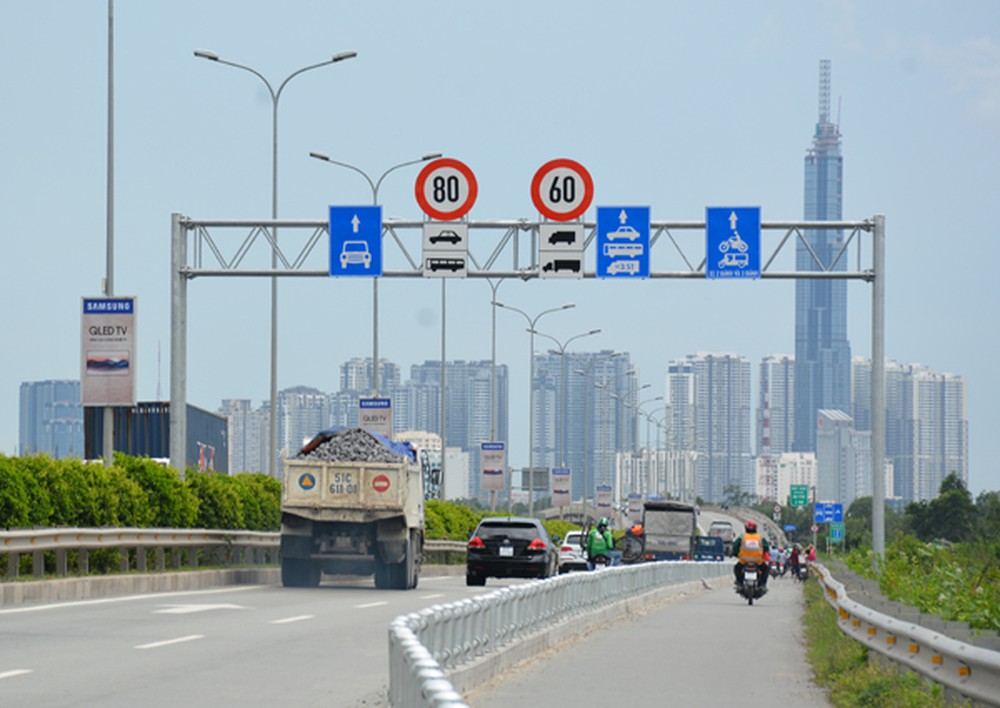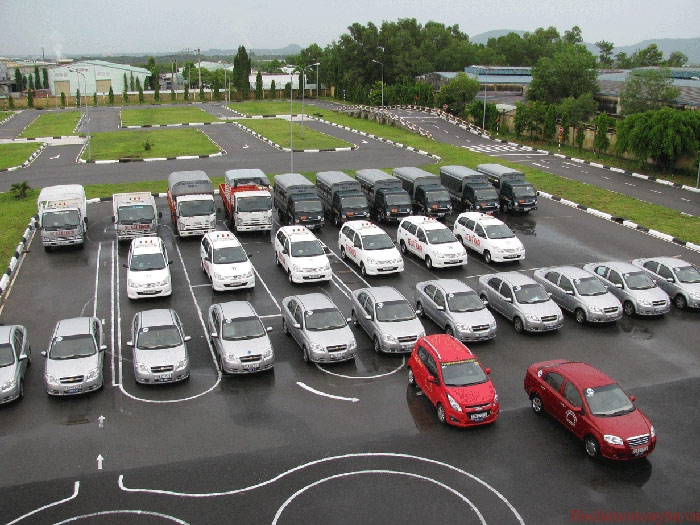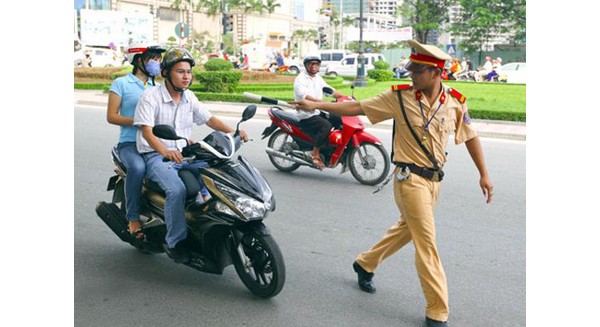What does the road signal system in Vietnam include? How should road users follow the road signal system? – Thu Huong (Binh Duong, Vietnam)

What does the road signal system in Vietnam include?(Internet image)
1. What does the road signal system in Vietnam include?
According to Article 10 of the Law on Road Traffic 2008, the road signal system in Vietnam includes instructions given by persons directing traffic; traffic light signals, road signs, road markings, marker posts or protection walls and barriers.
- Instructions given by persons directing traffic:
+ Arm raised upright constitutes a signal that road users approaching from any direction must stop;
+ One or two arms outstretched horizontally constitutes a signal that road users in front of or behind the person directing traffic must stop while road users on the right and the left of the person directing traffic may proceed;
+ Right arm outstretched to the front constitutes a signal that road users behind and on the right of the person directing traffic must stop; road users in front of the person directing traffic may turn right; road users on the left of the person directing traffic may proceed in all directions; and pedestrians crossing the road must walk behind the person directing traffic.
- The traffic light signals are in three colors, each having the following meaning:
+ A green light means proceed;
+ A red light means stop;
+ An amber light means stop behind the stop line, except for road users who have passed the stop line and may keep moving; in case of a flashing amber light signal, road users may proceed but shall slow down and give way to pedestrians;
- Road signs are divided into 5 groups, with the meaning of each group as follows:
+ Prohibitive signs indicate prohibitions;
+ Danger warning signs warn dangerous circumstances likely to occur;
+ Mandatory signs indicate instructions to be obeyed;
+ Direction signs indicate traffic directions or necessary information;
+ Additional panels additionally explain prohibitive signs, danger warning signs, mandatory signs or direction signs.
- Road markings indicate the division of lanes, travel positions or directions, stop positions.
- Marker posts or protection walls are erected at the edge of dangerous road sections to notify road users of the safety scope of the road foundation and of the road direction.
- Barriers are erected at places where roads are narrowed, at bridge heads, sluice heads, no-entry roads, dead-end roads not open to vehicles and pedestrians, or at places where traffic should be controlled and supervised.
2. Compliance with road signals in Vietnam
According to Article 10 of the Law on Road Traffic 2008, compliance with road signals in Vietnam is stipulated as follows:
- Road users shall comply with instructions and indications of the road signal system.
- When there are persons directing traffic, road users shall comply with their instructions.
- Where there exist both a fixed sign and a temporary sign, road users shall comply with the instruction conveyed by the temporary sign.
- At pedestrian crossings, operators shall observe, slow down and give way to pedestrians and wheelchairs of the disabled to cross the road.
At places where there is no pedestrian crossing, operators shall observe and, if seeing a pedestrian or a wheelchair of a disabled crossing the road, slow down and give way to the pedestrian or the wheelchair of the disabled to safely cross the road.
Diem My
- Key word:
- road signal system in Vietnam
 Article table of contents
Article table of contents






.Medium.png)
.Medium.png)
.Medium.png)
.Medium.png)
